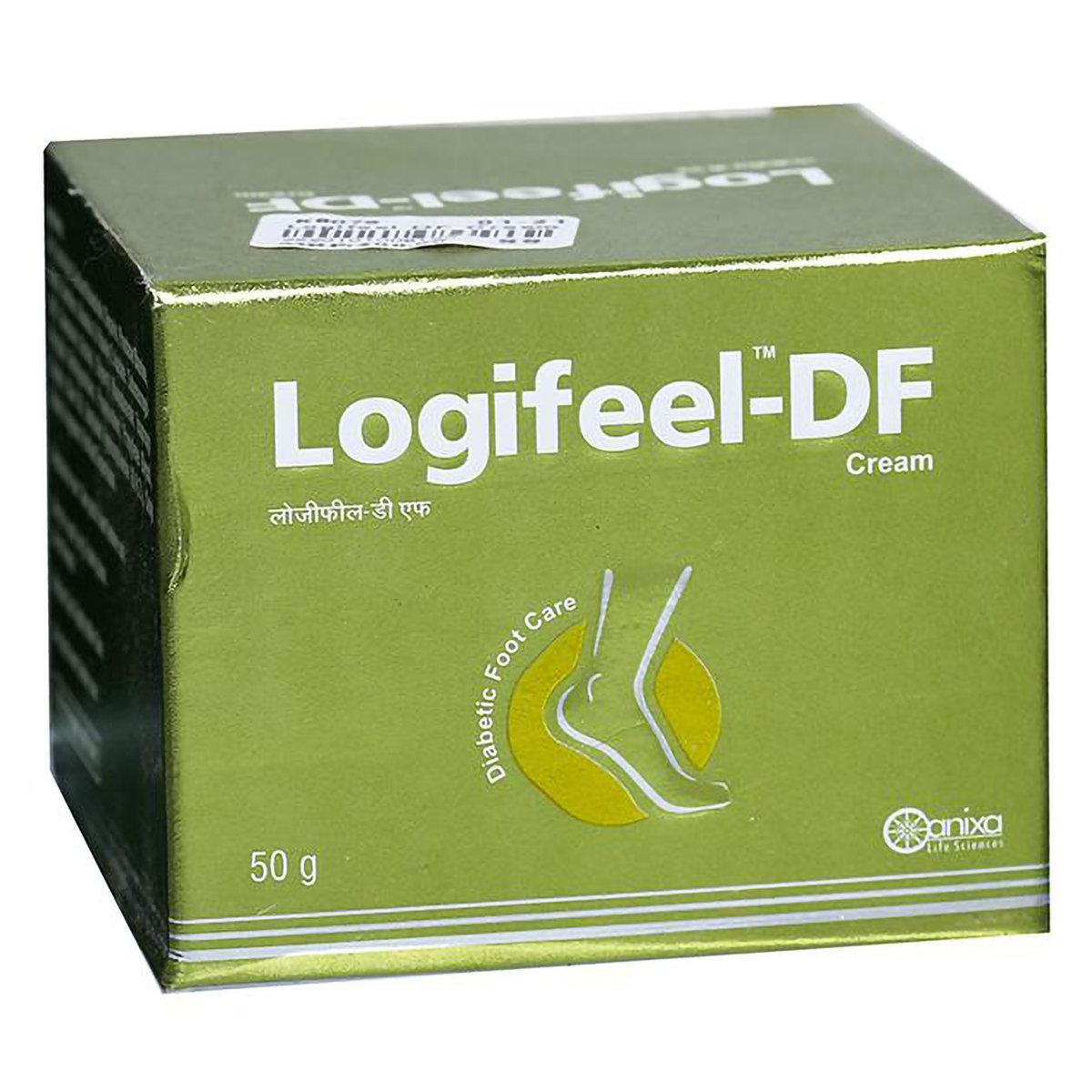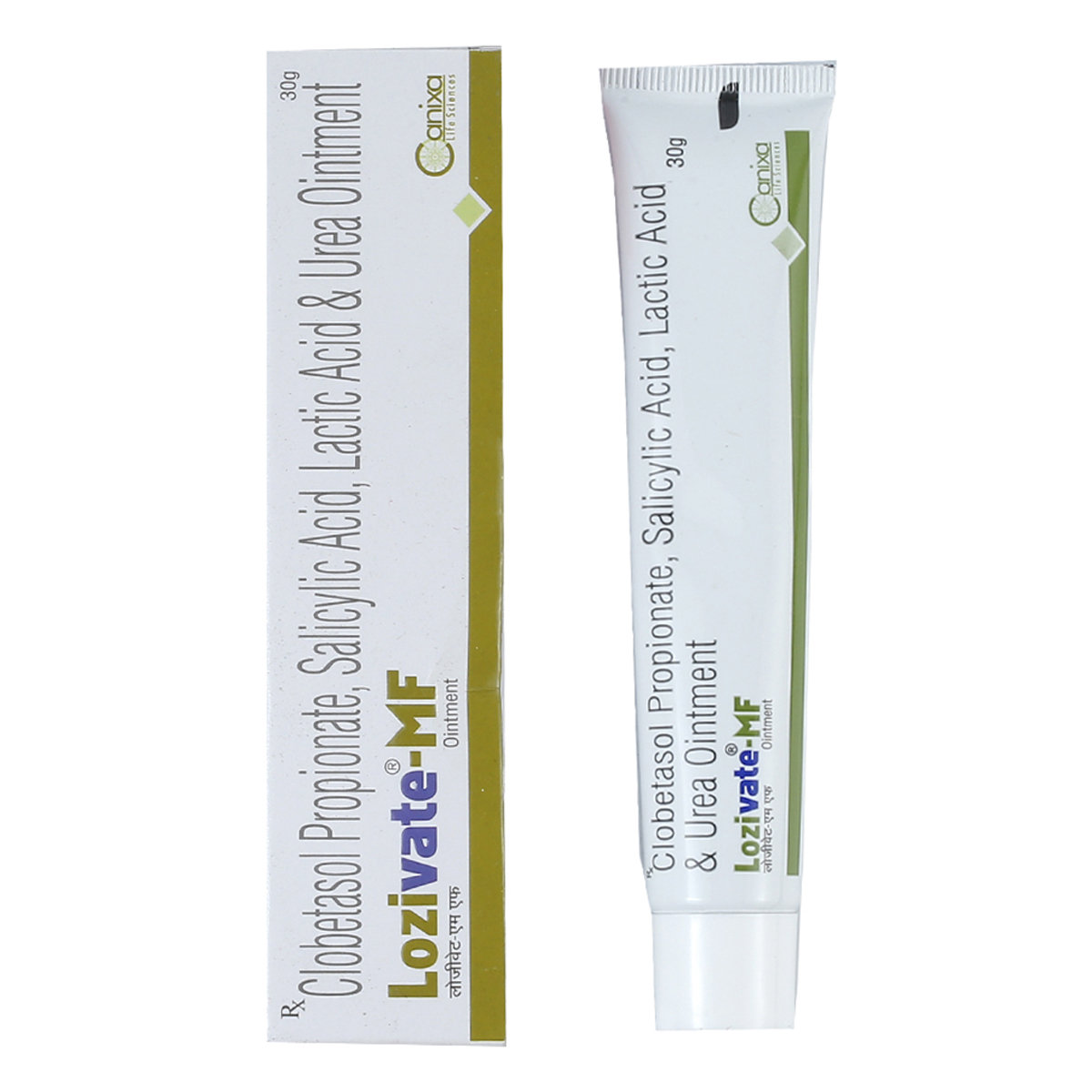Salicylic Acid+urea
About Salicylic Acid+urea
Salicylic Acid+urea belongs to the class of medications called ‘Keratolytic agents’ used to treat skin conditions such as eczema, psoriasis and acne. Eczema is a condition in which skin becomes red, itchy, and inflamed due to external agents such as soaps, dyes, or other irritants. Psoriasis is an autoimmune (immune system attacks healthy cells) skin disorder in which the skin becomes scaly, swelled up and itchy. Acne is a skin condition that occurs when the hair follicles become plugged with oil and dead skin cells.
Salicylic Acid+urea contains Salicylic acid and Urea. These two medicines are keratolytic agents, increase moisture in the skin, and dissolve the keratin (protein present on the skin's outer layer). This effect makes the dead skin cells fall off and accelerate the healing process. It also has an emollient effect and helps to soften the skin.
Use Salicylic Acid+urea exactly as prescribed by the doctor. The common side effects of Salicylic Acid+urea are a burning sensation, itching, and irritation in the treated area. These side effects are usually mild and temporary. However, if any of these side effects persist or get worse, inform your doctor immediately.
It is not recommended to take Salicylic Acid+urea if you are allergic to any contents of it. Before taking Salicylic Acid+urea, inform your doctor if you have liver or kidney disease and poor blood circulation. Do not use this medication on skin cuts, infections, or sores. Salicylic Acid+urea should be used with caution in pregnant women, breastfeeding mothers, and elderly people. It is not recommended for use in children less than 2 years. Salicylic Acid+urea may not interact with alcohol and may not affect your ability to drive.
Uses of Salicylic Acid+urea
Medicinal Benefits
Salicylic Acid+urea is used in the treatment of skin diseases such as eczema, psoriasis and acne that are characterized by dry, scaly and itchy skin. Salicylic Acid+urea has keratolytic (removes dead tissue) and emollient (softens skin) effects. These effects help to moisturize the skin, remove scales and decrease itching and flaking. It is also used in the treatment of other skin conditions such as keratosis (rough, scaly patch on the skin), calluses (thickened layers of skin present often on the hands or feet) and warts (small, fleshy bumps on the skin).
Directions for Use
Storage
Side Effects of Salicylic Acid+urea
- Burning sensation
- Itching of treated skin
- Skin irritation
Drug Warnings
Salicylic Acid+urea is for topical (skin) use only. It is not recommended for use on red, swollen, infected and oozing skin. Do not use the medicine in and around your eyes. If the medicine accidentally gets into your eyes, nose, mouth, or genitals, rinse with water thoroughly. It should not be given to children who have a fever, especially if they have flu symptoms or chickenpox. Salicylic Acid+urea contains salicylic acid and the use of this medicine in these children can lead to Reye’s syndrome (damage to the brain and liver). Do not smoke or go near flames as there is a risk of serious burns with the salicylic acid present in this medicine. Salicylic Acid+urea may increase skin sensitivity to the sun, so take necessary precautions while going outside and avoid tanning beds or sunlamps. If you notice any persistent skin irritation or worsening of the skin disease, stop using Salicylic Acid+urea and immediately inform your doctor.
Drug Interactions
Drug-Drug Interactions: No interactions found.
Drug-Food Interactions: No interactions found.
Drug-Disease Interactions: Salicylic Acid+urea should be used with caution in patients with liver or kidney diseases, and poor blood circulation.
Drug-Drug Interactions Checker List:
Safety Advice

Alcohol
safe if prescribedSalicylic Acid+urea may not interact with alcohol.

Pregnancy
cautionSalicylic Acid+urea is a Category C pregnancy drug and may cause harmful effects on the unborn baby. So, it is given to a pregnant woman only if the doctor thinks the benefits outweigh the risks.

Breast Feeding
cautionIt is not known whether Salicylic Acid+urea can pass into breast milk. So, it is given to a breastfeeding mother only if the doctor thinks the benefits outweigh the risks.

Driving
safe if prescribedSalicylic Acid+urea may not affect your ability to drive.

Liver
cautionSalicylic Acid+urea should be used with caution in patients with liver diseases. The dose may have to be adjusted by your doctor.

Kidney
cautionSalicylic Acid+urea should be used with caution in patients with kidney diseases. The dose may have to be adjusted by your doctor.

Children
unsafeSalicylic Acid+urea is not recommended for children below 2 years. In children above 2 years, it is given only if the doctor thinks the benefits outweigh the risks.
Habit Forming
Diet & Lifestyle Advise
- Use mild soap while taking baths and prefer warm baths.
- Avoid harsh products on your skin.
- Do not scratch or pick your skin to avoid getting the affected area infected.
- Manage stress, eat healthily, drink plenty of water, exercise regularly, and get plenty of sleep.
- Limit food intake that might trigger allergies such as dairy products, soy, eggs, and nuts.
- Avoid consumption of foods with excess sugar as it may flare-up inflammation.
- Include fruits, vegetables, whole grains, healthy fats, and fish in your diet.
- Avoid getting in contact with harsh soaps, detergents, and rough fabrics.
- Wear clothes with long sleeves, a hat, and sunscreen of high SPF while going outdoors.
- Avoid tanning booths and sunlamps.
Special Advise
- Do not smoke or go near flames after applying for this medicine as there is a risk of serious burns with the salicylic acid present in this medicine.
- If there is no improvement in your condition after 4-6 weeks of treatment with Salicylic Acid+urea, consult your dermatologist.
Patients Concern
Disease/Condition Glossary
Eczema: Eczema is a skin inflammatory condition characterized by red and itchy rashes. The most common cause of eczema is allergies. Contact with soaps, dyes, chemicals, or other irritants may trigger rashes. Avoiding the triggers helps to prevent flare-ups of eczema.
Psoriasis: Psoriasis is an autoimmune skin disease characterized by red, itchy, and scaly rashes. This condition occurs when skin cells grow and buildup rapidly resulting in scaly rashes. It is a chronic disease and doesn’t have a permanent cure. So, to avoid flare-ups of the disease, avoid triggers such as stress and cold.
Acne (pimple): It is a skin condition caused when the hair follicles are plugged with oil and dead skin cells. Whiteheads, blackheads, pimples, cysts, and nodules are all types of acne. It commonly occurs in teenagers though all age groups are affected.
FAQs
Salicylic Acid+urea contains Salicylic acid and Urea. These two medicines are keratolytic agents (softens, separates, and peels of the horny layer of skin). They dissolve the keratin (protein present on the outer layer of skin), remove dead skin cells, and soften the skin.
The common side-effects of Salicylic Acid+urea are burning sensation, itching, and irritation at the treated area. These side-effects are usually mild and temporary. However, if any of these side-effects persist or get worse, inform your doctor immediately.
It is advised to avoid using other topical medicines on the affected area while using Salicylic Acid+urea. So, inform your doctor before using any medications while using Salicylic Acid+urea. If the doctor prescribes other skin creams or ointments along with Salicylic Acid+urea, you should maintain an interval of at least 30 min between the two medications.
Salicylic Acid+urea should not be used to treat diaper rash or redness. It is not recommended for use in children below 2 years of age.
Salicylic Acid+urea is for topical use (for skin) only. Do not use Salicylic Acid+urea on the skin that is red, swollen, oozing, and infected, and avoid contact with eyes, nose, mouth and genitals. It can make your skin more sensitive to the harmful effects of sunlight. So, it is advised to use sunscreen and wear protective clothing while using Salicylic Acid+urea. It is recommended to avoid tanning booths and sunlamps. Please do not use it on larger areas and for prolonged periods unless prescribed by the doctor.









